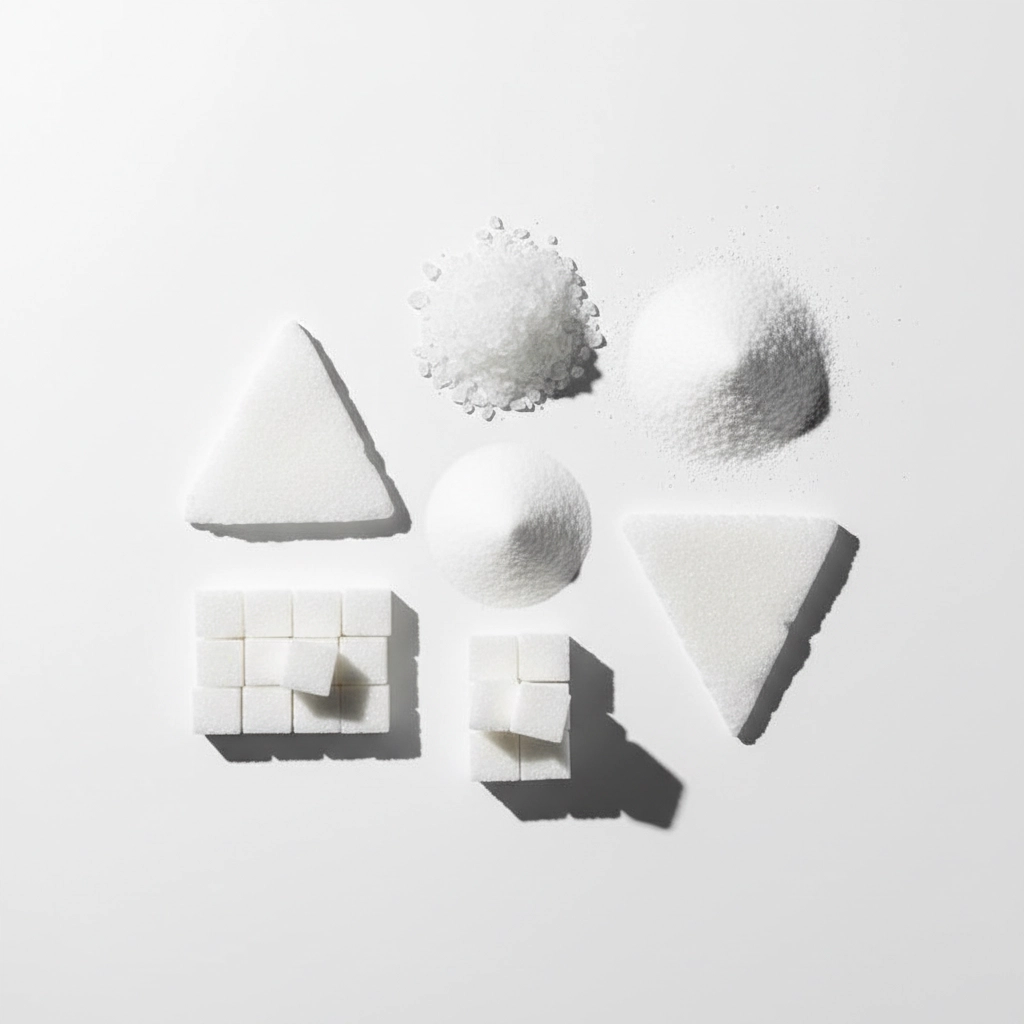Hidden Ingredients
You’re trying to eat healthier and track your macros, but something feels off. Your numbers don’t add up, your energy crashes unexpectedly, and you can’t figure out why. The culprit might be hiding in plain sight: right there on your food labels.
Food manufacturers have become masters at disguising problematic ingredients behind fancy names and vague terms. As someone who’s committed to better health, you deserve to know exactly what you’re putting into your body. Let’s uncover the sneaky ingredients that could be sabotaging your macro goals and overall wellness.
The Big Offenders: Ingredients That Sound Innocent But Aren’t
Maltodextrin tops the list of sneaky ingredients. This highly processed carbohydrate appears in everything from protein powders to salad dressings. Despite coming from natural sources like corn or wheat, maltodextrin spikes your blood sugar faster than table sugar. For macro tracking, this means you’re getting hidden fast carbs that can throw off your daily targets and leave you feeling hungry sooner than expected.
Hydrogenated oils and partially hydrogenated oils are another major concern. These artificial trans fats don’t just mess with your macro calculations: they’re linked to inflammation and heart disease. You’ll find them lurking in processed foods, baked goods, and even some “healthy” snacks.
High fructose corn syrup often hides under alternative names like corn syrup solids or glucose-fructose syrup. This sweetener doesn’t just add sugar calories to your macros: it bypasses normal hunger signals, making you more likely to overeat.
Carrageenan, extracted from seaweed, sounds natural enough. But this stabilizing agent can cause digestive issues including bloating and inflammation, particularly problematic if you’re already dealing with age-related digestive changes.
The Vague Terms That Hide Everything
Food labels love using umbrella terms that could mean almost anything. “Natural flavors” is the biggest offender: this single phrase can represent dozens of different chemicals. While technically derived from natural sources, these flavoring compounds are heavily processed and offer no nutritional value to your macro goals.
“Spices” is another catch-all term. While most spices are harmless, this vague labeling makes it impossible to know if you’re consuming something you’re trying to avoid for health reasons.
“Natural” on the front of packages is particularly misleading. The FDA has no standardized definition for this term, so products labeled “natural” can still contain artificial additives, preservatives, and highly processed ingredients that don’t align with your health goals.
Artificial Colors: More Than Just Cosmetic
Those vibrant colors in your food don’t happen naturally. Red Dye No. 3, Red 40, Yellow 6, and caramel color are just a few of the artificial colorants that add zero nutritional value while potentially causing side effects like allergies and hyperactivity.
For older adults, these additives are particularly concerning because they can interact with medications and may worsen inflammation: something many of us are already working to manage through better nutrition.
Why This Matters for Your Macro Tracking
When you’re tracking macros, accuracy is everything. Hidden ingredients can completely throw off your calculations:
Hidden carbohydrates from maltodextrin, modified food starch, and corn syrup solids add up quickly. That “low-carb” product might actually be packed with fast-digesting carbs that spike your blood sugar.
Invisible fats from hydrogenated oils and processed vegetable oils increase your fat macros while providing the worst types of fats for your health. These oils are inflammatory and offer none of the benefits of healthy fats like olive oil or avocado.
Sneaky sodium appears in forms like monosodium glutamate (MSG), sodium phosphate, and sodium benzoate. High sodium intake can cause water retention, making you feel bloated and affecting how you look and feel, even when you’re hitting your other macro targets perfectly.
The Sugar Disguise Game
Sugar doesn’t always appear as “sugar” on labels. Manufacturers use over 50 different names for added sugars, including:
- Agave nectar
- Brown rice syrup
- Coconut sugar
- Dextrose
- Evaporated cane juice
- Fruit juice concentrate
Each of these counts toward your carbohydrate macros, but they’re often scattered throughout ingredient lists, making it hard to realize just how much sugar you’re actually consuming.
Reading Between the Lines: Your Label Detective Skills
Start with the ingredient list, not the front-package claims. Ingredients are listed by weight, so the first few items make up most of the product. If you see multiple forms of sugar or processed oils in the top five ingredients, that’s a red flag.
Look for specific names rather than vague terms. “Sunflower oil” is more transparent than “vegetable oil.” “Cane sugar” is clearer than “natural sweetener.”
Count the ingredients. Generally, the fewer ingredients, the better. If you need a chemistry degree to understand the label, your body probably doesn’t need that product.
Check serving sizes carefully. Manufacturers often use unrealistically small serving sizes to make nutrition numbers look better. That bag of chips might actually contain 2.5 servings, not one.
Your Action Plan for Cleaner Eating
Shop the perimeter of the grocery store first. Fresh produce, lean meats, and dairy products have simple, honest labels: or no labels at all.
Choose whole foods whenever possible. An apple doesn’t need an ingredient list because it only contains one ingredient: apple.
Read labels on everything, even products that seem healthy. That protein bar marketed to seniors might be loaded with artificial ingredients and hidden sugars.
When in doubt, contact the manufacturer. Most companies have customer service lines and will clarify ingredients if you ask.
Making Smarter Choices for Your Health
You don’t have to become a food scientist to eat well, but a little knowledge goes a long way. Understanding these sneaky ingredients helps you make choices that support your health goals rather than sabotage them.
Remember, the goal isn’t perfection: it’s progress. Start by being more aware of one or two ingredients, then gradually expand your knowledge. Every small step toward cleaner eating is a victory for your health and energy levels.
Your macro goals deserve accurate tracking, and your body deserves quality fuel. By becoming a savvy label reader, you’re taking control of your nutrition in a way that will pay dividends for years to come.
Ready to take your macro tracking to the next level? Our MacroSculpt Macro Calculator helps you set personalized macro targets based on your specific needs and goals. When you know exactly what you should be eating, those sneaky label ingredients become much easier to spot and avoid.
Start reading those labels with confidence: your health is worth the extra minute it takes to flip that package over and see what’s really inside.
Lorem ipsum dolor sit amet, consectetur adipiscing elit. Ut elit tellus, luctus nec ullamcorper mattis, pulvinar dapibus leo.
Lorem ipsum dolor sit amet, consectetur adipiscing elit. Ut elit tellus, luctus nec ullamcorper mattis, pulvinar dapibus leo.



